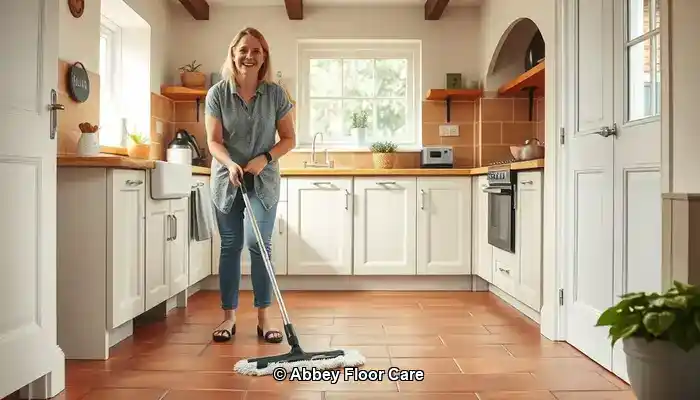
Last Updated on September 29, 2025 by David
Ultimate Guide to Keeping Your Terracotta Floors Spotless and Beautiful
-
- Terracotta has a naturally porous structure, making it susceptible to rapid dirt absorption, particularly in damp climates like Surrey.
- <b>Effective sealing</b> is vital for safeguarding against moisture and grime infiltration into the tile surface.
- <b>Regular maintenance</b> is essential—daily sweeping and weekly mopping with pH-neutral cleaners are crucial for preserving the tile’s aesthetic appeal.
- Steer clear of harsh chemicals and steam mops, which can damage the sealant and etch the tile surface.
- Eco-friendly cleaning products are highly recommended, especially in homes with kids and pets.
- Professional restoration services can deliver deep cleaning and resealing to ensure your floors remain protected for the long haul.
- Strategically placing rugs and mats in high-traffic areas can significantly reduce dirt transfer.
- Controlling moisture is crucial—ensure proper ventilation and quickly wipe up spills to prevent staining and mould growth.
Understanding the Rapid Build-Up of Dirt on Terracotta Tiles
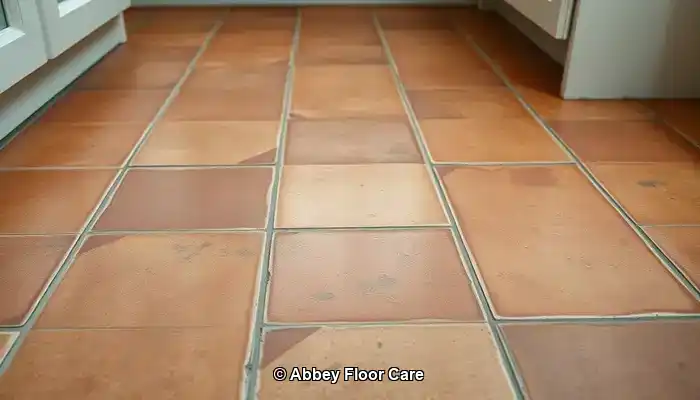
Terracotta tiles provide an aesthetically pleasing flooring option, especially for traditional and rustic-style homes in Surrey. Their warm hues and natural textures lend unique charm to any interior space. However, despite their visual appeal, terracotta is notorious for its rapid accumulation of dirt. Understanding the factors that contribute to this issue is essential for developing effective cleaning strategies that maintain their beauty.
Expert Tip: Top Products for Everyday Terracotta Maintenance
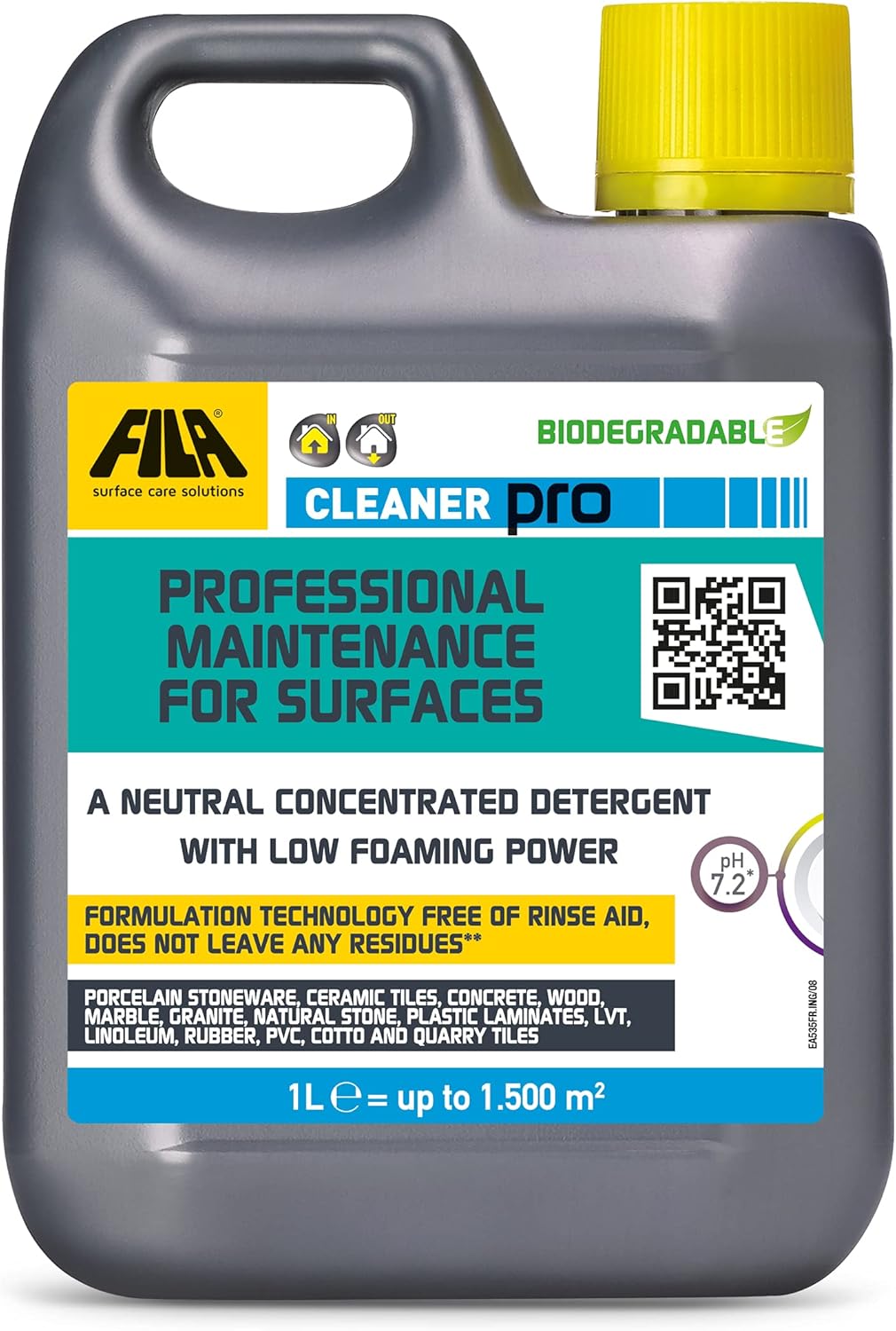
Fila Pro Floor Cleaner
|
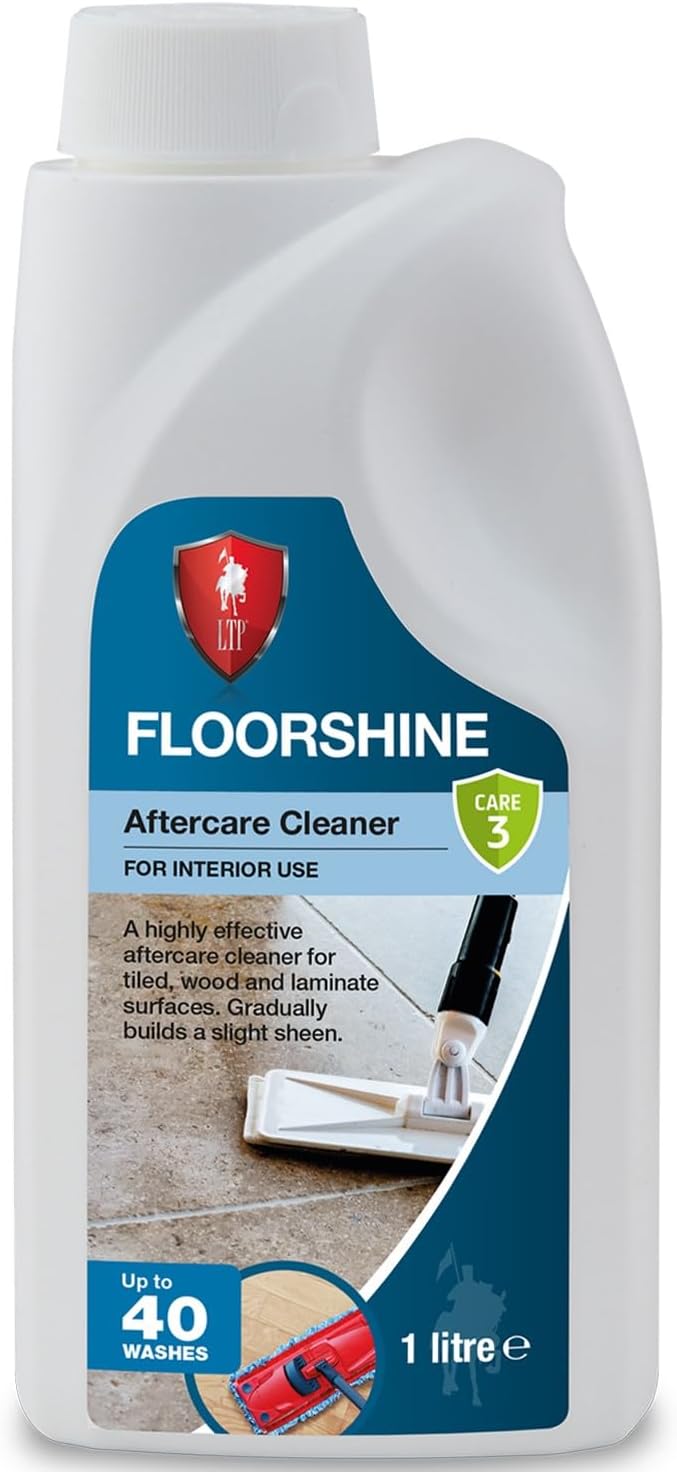
LTP Floorshine
|
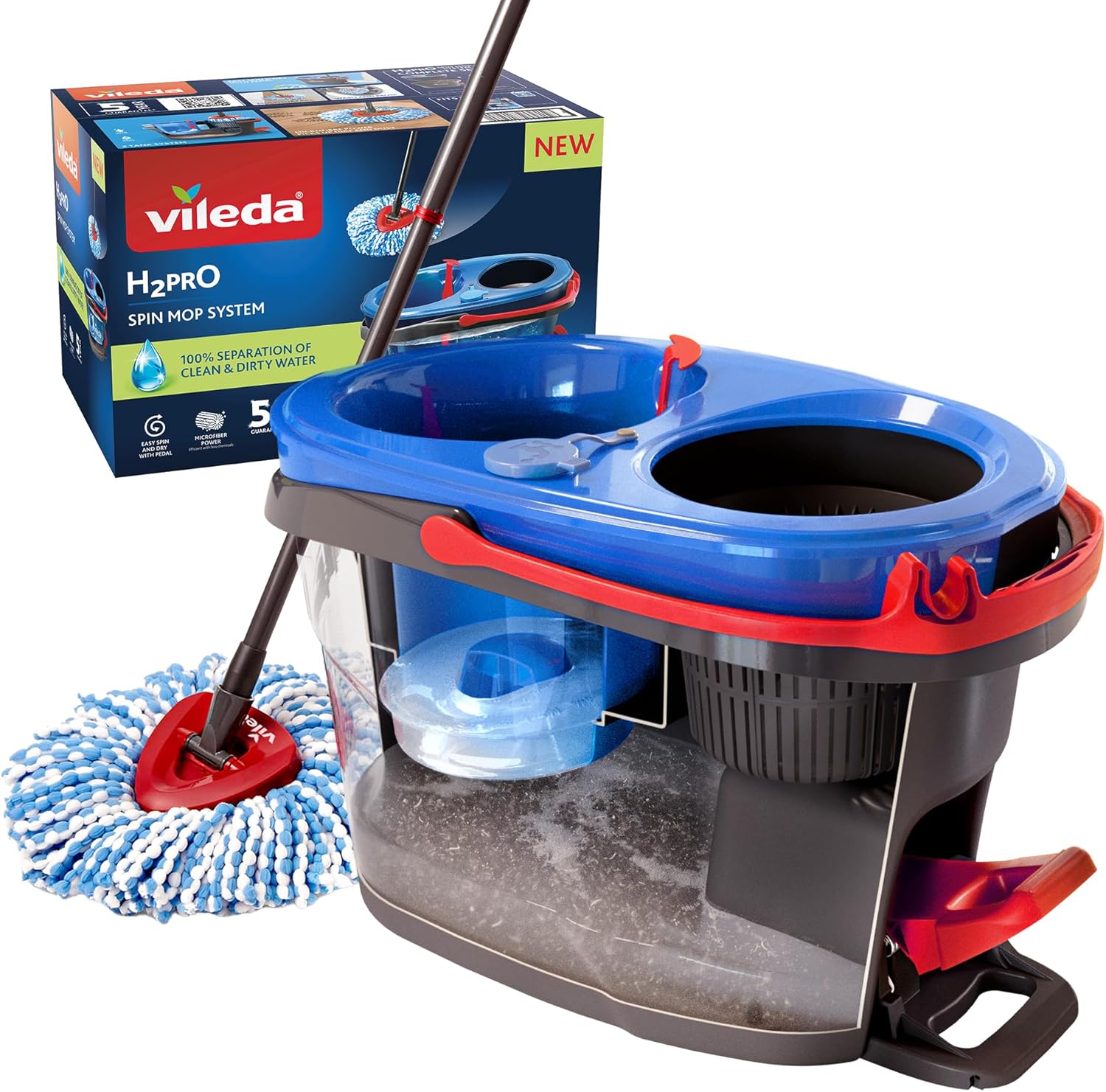
Vileda H2PrO Spin Mop System
|
Recognizing Porosity: The Primary Cause of Dirt Accumulation
Terracotta is crafted from natural clay and is fired at lower temperatures compared to other types of tiles. This firing process results in an especially porous surface that allows the material to absorb moisture, oils, and dirt similarly to a sponge. In day-to-day life, this porosity means that grime can penetrate deep into the tile, making it challenging to remove with conventional cleaning methods.
Unsealed terracotta is particularly vulnerable to staining. Without a protective layer, even minor spills or muddy footprints can leave permanent marks. Over time, this can lead to a dull and stained appearance that is difficult to restore without the assistance of professionals.
Examining How Surrey’s Climate Affects Dirt Accumulation on Terracotta
The weather conditions in Surrey play a substantial role in the speed at which terracotta floors collect dirt. The frequent rain and dampness prevalent in the region can result in higher levels of moisture being tracked indoors, especially in entryways and conservatories.
Additionally, homes situated near wooded areas or gardens are even more prone to dirt accumulation. Soil, pollen, and organic debris can easily be tracked onto terracotta surfaces, particularly when shoes are not removed before entering the house.
Identifying Daily Habits That Contribute to Increased Dirt Buildup on Terracotta
In addition to environmental influences, everyday practices can exacerbate the dirt problem. Utilizing inappropriate cleaning solutions—such as acidic cleaners or bleach—can strip protective coatings and damage the tile surface. Although steam mops are often favored for their ease of use, they can inadvertently push moisture deeper into the tile, worsening the situation.
High-traffic areas, including kitchens and hallways, naturally experience more wear and tear. Without routine sweeping and mopping, dirt can accumulate quickly and become embedded in the tile’s textured surface.
Proactive Strategies for Achieving Spotless Terracotta Floors
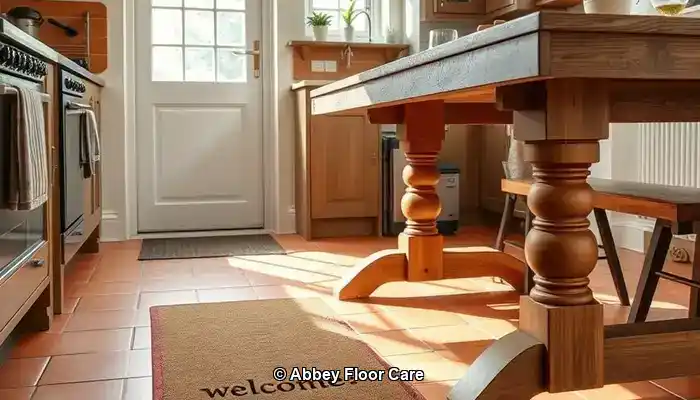
To sustain clean terracotta floors, it is essential to take proactive measures to prevent dirt from settling in the first place. In homes across Surrey, where damp weather and garden-related traffic are prevalent, implementing a robust preventative maintenance routine is crucial to safeguard the natural beauty of terracotta tiles.
Applying Sealants: Your First Line of Defense Against Dirt
The most effective method for preventing terracotta from becoming dirty quickly is to apply an appropriate sealant. A high-quality, breathable sealant forms a protective barrier that repels moisture, oils, and dirt. For homes in Surrey, where humidity levels can fluctuate, sealing is crucial to avert water absorption that can lead to staining and mould growth.
Experts recommend resealing terracotta tiles every 12 to 18 months, depending on foot traffic and exposure. Areas such as kitchens, hallways, and conservatories—where frequent use occurs—may necessitate more regular sealing. Always opt for a sealant specifically formulated for porous stone, and avoid glossy finishes that may trap dirt on the surface.
Smart Design Choices: Enhancing Floor Protection with Rugs and Mats
Strategically placing rugs and mats can significantly decrease the amount of dirt that reaches your terracotta tiles. Employ heavy-duty doormats at entry points to capture mud and moisture before they enter your home. In high-traffic areas, such as hallways or beneath dining tables, area rugs can serve as critical protection, preventing wear and tear on the tile.
For rooms that connect to the outdoors, consider using washable runners that can be cleaned regularly. These not only safeguard the tile but also add warmth and character to your living spaces.
Effective Moisture Management in Surrey Residences
The humid climate in Surrey can accelerate dirt accumulation on terracotta. To counter this, utilize dehumidifiers in enclosed areas and ensure proper ventilation throughout your home. Promptly clean up spills and avoid leaving wet items, like shoes or towels, on the floor.
If your terracotta is installed in a conservatory or garden room, consider installing blinds or UV filters to reduce condensation and sunlight damage. These simple adjustments can significantly impact how your tiles age over time.
By combining effective sealing, intelligent design choices, and moisture control, homeowners in Surrey can drastically slow the rate at which terracotta floors become dirty. In the following section, we will explore the best cleaning practices to maintain that fresh, natural look day after day.
Top Cleaning Practices for Terracotta Tiles
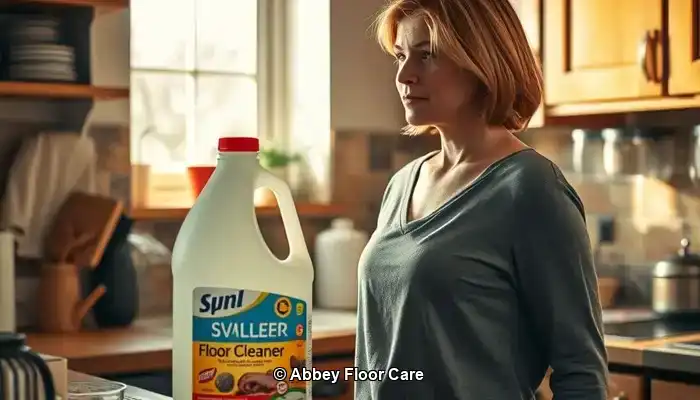
Even with appropriate sealing and preventive measures in place, terracotta floors require consistent upkeep to retain their natural elegance. The key lies in employing the right techniques and products that clean effectively without compromising the tile’s porous surface.
Creating a Daily and Weekly Cleaning Routine
In homes throughout Surrey, where outdoor elements frequently find their way indoors, daily sweeping or vacuuming is indispensable. Utilize a soft-bristle broom or a vacuum equipped with a hard floor setting to eliminate dust, grit, and organic debris before it settles into the tile.
For weekly cleaning, mop with warm water and a pH-neutral cleaner specifically formulated for natural stone. Avoid soaking the floor—damp mopping is the most effective technique. Excessive water can seep into the tile, resulting in staining or mould growth, particularly in older or poorly sealed installations.
Choosing the Right Cleaning Products for Your Terracotta Tiles
Select cleaning products that are both gentle and effective. Look for labels that indicate “stone-safe,” “non-acidic,” or “pH-neutral.” In Surrey, where eco-friendly living is increasingly popular, many homeowners prefer biodegradable cleaners that are safe for both pets and children.
Avoid multi-surface cleaners containing bleach, ammonia, or citrus extracts, as these can strip away sealants and etch the terracotta, rendering it susceptible to future staining.
For stubborn stains, use a soft cloth and a diluted solution of stone cleaner. Never scrub with abrasive pads or wire brushes, as these can scratch the tile’s surface and create further challenges for future cleaning.
What to Avoid: Harsh Chemicals and Steam Cleaning
While steam mops may appear convenient, they are not suitable for terracotta. The high temperature and moisture can penetrate the tile and weaken the sealant, leading to long-term damage. Similarly, acidic cleaners like vinegar or lemon juice—even in diluted forms—can erode the tile’s surface and cause discoloration.
Adhere to gentle cleaning methods, and always test new products on a small, inconspicuous area before applying them across your flooring.
Evaluating the Need for Professional Care Versus DIY Terracotta Maintenance
When it comes to maintaining terracotta floors, many homeowners in Surrey begin with DIY cleaning methods. While routine sweeping and mopping can be beneficial, there comes a point when professional intervention is not just helpful but essential.
When Should You Consult a Tile Specialist in Surrey?
If your terracotta tiles display signs of deep staining, inconsistent color, or surface wear, it may be time to seek professional assistance. Expert tile care specialists in Surrey use advanced equipment and stone-safe products that penetrate deeper than typical household cleaners. They can also evaluate whether your sealant has degraded and recommend an appropriate resealing schedule based on your home’s specific conditions.
Restoration services generally encompass deep cleaning, stain removal, and reapplication of breathable sealants that protect without altering the tile’s natural aesthetics. For vintage or heritage properties, specialists can match the original finish to maintain authenticity.
Justifying the Cost of Professional Care for Longevity
While DIY cleaning might seem more cost-effective initially, it can lead to temporary solutions. Without proper sealing and deep cleaning, dirt continues to accumulate, necessitating more frequent maintenance and risking permanent damage.
On the other hand, professional care can extend the lifespan of your terracotta floors. A single restoration session can revitalize color, eliminate embedded grime, and safeguard the surface for months or even years. In high-traffic areas, such as kitchens or hallways, this investment is often justified by reduced maintenance demands and enhanced aesthetic appeal.
Homeowners in Surrey who prioritize long-term property care and curb appeal frequently find that expert services provide peace of mind and superior outcomes. Moreover, many local providers offer eco-friendly alternatives and customized maintenance plans to accommodate your lifestyle.
Exploring Eco-Friendly and Safe Cleaning Solutions for Terracotta
The earthy beauty of terracotta deserves a cleaning regime that aligns with its natural appeal. For homeowners in Surrey looking to maintain clean floors without compromising health or sustainability, eco-friendly cleaning solutions are the best choice. Thankfully, contemporary products and techniques make it straightforward to protect your tiles—and your home—without resorting to harsh chemicals.
Using Non-Toxic Sealants and Cleaners
Traditional sealants are often loaded with solvents that emit volatile organic compounds (VOCs), which can linger in the air and degrade indoor air quality. Modern eco-friendly options utilize water-based formulas that are low in VOCs, making them safe for use around children and pets.
When selecting a cleaner, search for labels that indicate “biodegradable,” “plant-based,” or “stone-safe.” These products are specifically designed to lift dirt without harming the porous surface of terracotta. Brands that specialize in natural stone care typically offer concentrated solutions that can be diluted for everyday use, thereby reducing waste and packaging.
Choosing Safe Cleaning Options for Pets and Children
In bustling homes across Surrey, safety is just as vital as cleanliness. Avoid using bleach, ammonia, and acidic cleaners like vinegar, as these can damage the tile and pose risks to pets and young children. Instead, opt for gentle formulations made from coconut oil derivatives, citrus enzymes, or mineral-based ingredients.
For those who prefer DIY cleaning methods, a simple mixture of warm water and a few drops of castile soap can be surprisingly effective for light cleaning tasks. Just be sure to test any homemade solution on a small area first to confirm it does not affect the sealant or finish.
Implementing Sustainable Cleaning Practices
Eco-friendly care extends beyond just the products used; it also encompasses the practices we adopt. Employ reusable microfiber cloths and mops rather than disposable pads. Regular sweeping can significantly reduce the frequency of wet cleaning. When resealing, select products with recyclable packaging and minimal environmental impact.
Many professionals in Surrey now offer green cleaning packages that utilize certified non-toxic products and sustainable techniques. If you’re unsure where to begin, scheduling a consultation with a local expert can help you create a routine that is both effective and eco-friendly.
Maintaining the Visual Appeal of Your Terracotta Floors
Terracotta flooring brings warmth, character, and an enduring charm to homes in Surrey; however, its porous nature necessitates diligent care to keep it clean and vibrant. By understanding the factors behind dirt accumulation, effectively sealing the tiles, and adopting smart cleaning habits, you can significantly reduce grime build-up and prolong the life of your tiles.
Whether managing a busy household or restoring a historical property, consistency is key. Daily sweeping, pH-neutral cleaning, and seasonal resealing can make a remarkable difference in maintaining a well-kept surface. And when stains or wear begin to appear, don’t hesitate to consult a local specialist for professional restoration services.
Utilizing eco-friendly products and safe cleaning practices ensures your floors not only retain their beauty but also safeguard your health and the environment. With the right approach, terracotta can remain a stunning highlight in your home for many years.
Ready to intelligently protect your floors? Contact us today for expert terracotta maintenance tailored to the unique conditions of Surrey. Let’s work together to keep your home looking its best—naturally.
Frequently Asked Questions About Terracotta Maintenance
Terracotta floors are timeless, yet they require specific care to stay in excellent condition. Below are answers to the most common questions posed by homeowners in Surrey who wish to keep their tiles clean, protected, and visually appealing.
How Frequently Should I Reseal My Terracotta Tiles?
In most residences throughout Surrey, terracotta should be resealed every 12 to 18 months. However, this timeline can vary based on foot traffic, moisture exposure, and whether the tiles are located indoors or outdoors. Areas that see a lot of use, like kitchens, hallways, and conservatories, may require more frequent resealing. If your tiles begin soaking up water or appear dull, it’s time to reseal.
Are Vinegar or Bleach Safe for Use on Terracotta?
No—vinegar, bleach, and other harsh or acidic cleaners can cause damage to terracotta. These substances can degrade sealants and etch the tile surface, leading to permanent discoloration. Always use pH-neutral, stone-safe cleaners specifically designed for porous flooring.
What Type of Mop is Best for Cleaning Terracotta Floors?
A microfiber mop is ideal for terracotta. It effectively traps dust and dirt without scratching the surface and utilizes minimal water, which is crucial for porous tiles like terracotta. Avoid sponge mops or steam mops, as these can oversaturate the tile and compromise the sealant.
Are DIY Cleaning Solutions Safe to Use?
Yes, but with caution. A mild mixture of warm water and castile soap can work effectively for light cleaning. Always test any homemade solution on a small, hidden area first. Avoid using anything acidic or abrasive, and never apply homemade cleaners to unsealed tiles.
What Should I Do If My Tiles Are Already Stained?
If stains have set in, professional restoration is the most effective course of action. Specialists in Surrey can deep clean, remove embedded grime, and reseal the surface to restore the tile’s original color and texture. DIY methods may exacerbate the damage if improper products are used.
The Article Tired of Dirty Terracotta? How to Keep It Clean Longer first found on https://www.abbeyfloorcare.co.uk
The Article Terracotta Cleaning Tips for Lasting Freshness appeared first on https://fabritec.org
The Article Terracotta Cleaning Tips for Long-Lasting Freshness Was Found On https://limitsofstrategy.com
Leave a Reply